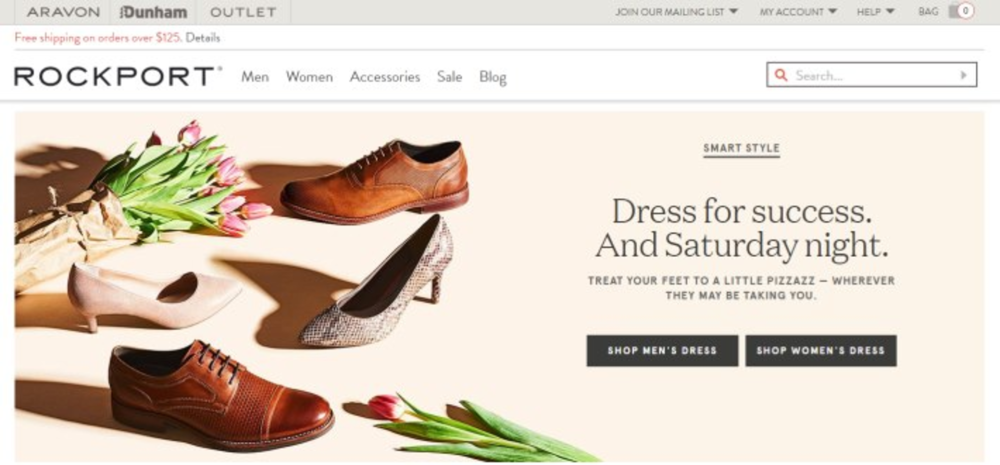Breaking up is never easy, especially when it comes to ending a relationship between a brand and its technology vendor. The Rockport Group experienced this complexity firsthand when it was forced to cut ties with its old technology stack and build a new one from scratch.
Stepping away
The Rockport Group is the parent company of men’s and women’s shoe brands Aravon, Dunham, and Rockport. While the Rockport brand has been around since 1971, The Rockport Group wasn’t founded until 2015 — when Adidas decided to sell Rockport to investment firm Berkshire Partners LLC and New Balance’s investment arm New Balance Holding Inc. That same year New Balance affiliate Drydock Footwear, home to Aravon and Dunham, merged with Rockport to form The Rockport Group.
The acquisitions resulted in a technological breakup. The Rockport Group was given two years to remove itself from New Balance’s and Adidas’ technology and build its own stack — a task that required The Rockport Group to replace 161 systems worldwide.
“We had a clean plate to start with,” says Ram Reddy, who joined The Rockport Group as CIO the same year the acquisitions took place.
Reddy knew The Rockport Group needed a solution that was simple enough to implement by the deadline but robust enough for it to scale. He was attracted to the real-time insight capabilities of SAP and implemented the company’s HANA, Fashion Management, and Hybris solutions later that year.
Finding the right fit
SAP HANA is a database and application development platform. When integrated with SAP Hybris, a B2B commerce solution, and SAP Fashion Management, an omnichannel solution that unifies retail and wholesale, the trifecta allows The Rockport Group to combine its B2B and B2C backend systems. Not only does this give the company a single view of its inventory, but it also allows The Rockport Group to run as a single business, rather than two separate wholesale and retail businesses.
“We did not have that luxury before,” Reddy says.
Having a single, real-time view of the inventory allows The Rockport Group to deliver better customer service and run analytics more quickly, Reddy says. For instance, it helps the company ship customers’ orders faster and identify when inventory for a particular product is running low.
“You’re not promising product that is not there in the warehouse,” Reddy says.
In addition to implementing these SAP solutions, The Rockport Group installed Dassault Systemes’ product lifecycle management solution Enovia and OpenText’s digital asset management solution. The company also set up distribution centers in the U.S. and Canada and replaced all of its point-of-sales systems.
Toeing a new opportunity
At about the 18-month mark, Reddy said that the company was “almost there” in terms of replacing the 161 systems with 13 new ones. The company went live with its North American retail stores in October 2016 and expects to have all of its systems go live in Asia and Europe this summer.
“We’re not fully there,” he said.
And it looks like the company is hoping to use its technology stack to launch some new initiatives, too. Reddy says that the company is building a points-based loyalty program that rewards customers for buying more products, such as by offering them discounts.
Looking back on his experience, Reddy says that he should have pushed for more IT hiring to help with the transition—adding that The Rockport Group didn’t have its own IT team before he joined. And while he says that change management was the biggest challenge with this initiative, it looks like the experience has given The Rockport Group a crash course in testing and learning.
As Reddy puts it, “We feel like a start-up in the company here.”







